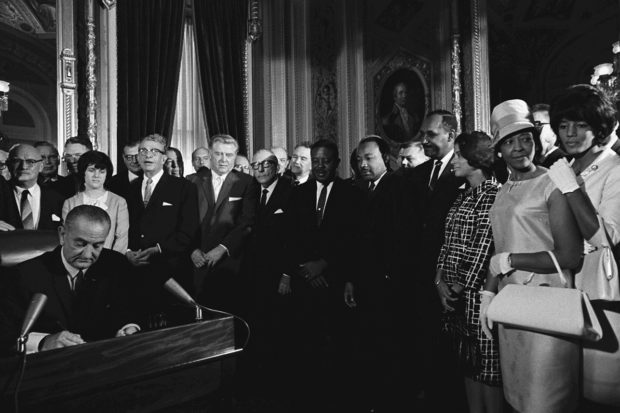
The movement to organize beloved communities is global. All are seen as allies within such a community, regardless of ethnic identification. In the beloved community, according to the model that Dr. Martin Luther King Jr. left us, “poverty, hunger and homelessness will not be tolerated because international standards of human decency will not allow it.”
Dr. King believed that such a community was possible. The vision is for “all to share within the earth.”
Josiah Royce, who founded the Fellowship of Reconciliation, is said to have coined the term beloved community. However, it was Dr. King who popularized the idea of a society that would demonstrate “justice and equal opportunity for everyone,” where we could learn to love our fellow human beings despite the color of our skin.
Looking back on Dr. King’s idea, it seemed a tall order back then, but was it? Or was it an invitation to unpack racism and an opportunity to discover and understand our blind spots while possibly taking on the role of activism. Either way, the beloved community becomes a safe place for discovery.
To build a beloved community, there are fundamental principles to facilitate a sensitive and insightful discussion around the “unpacking of racism” conversation:
- Examine the way our actions and behaviors impact other people
- Check assumptions
- Cultivate humility
- Give and receive honest feedback
- Identify mistakes so you can learn from them
These principles create a common space for an active beloved community, especially in these unsettling times.
In 1965, the Voting Rights Act directed the U.S. Attorney General to enforce the right to vote for African Americans. In 2021, it seems as though our nation is going back in time to full-blown racism, race baiting, anti-Semitism, bigotry, race discrimination and intolerance that appears to be overshadowing color lines. This is happening right here in America.
Racial disharmony still exists, which means that we, as a society, missed some steps in developing a beloved community. In many cases, it feels as though we are returning to the Jim Crow era especially when we see our voting rights and freedom to vote safely under attack.
If you hear yourself saying from time to time, “why does everything have to be about race,” then you have just identified one of your many possible blind spots. We live in a time when critical race theory (CRT) is an issue if taught in schools, the 1619 Project is being questioned and researcher/author Nikole Hannah-Jones is denied tenure at the University of North Carolina even though she is a Pulitzer Prize–winning writer for New York Times Magazine. Why?
This micro-aggression is a direct attack on culturally marginalized persons living in the United States.
As advocates, change agents, peace makers and social justice communities, the good news is that the beloved community is a “safe place” to unpack racism as we continue to do other humanitarian work. We know that racism and other forms of discrimination and prejudices are a diabolical pandemic and that it will take more than a vaccine to erase racism.
The beloved community is where the powerful and the powerless can enter into a mutual place of inclusion. The beloved community is a safe environment where a person can engage in unpacking racism and understand their blind spots and learn how racism affects poverty, hunger, homelessness and all forms of discrimination and bigotry.
It is a powerful legacy left to social justice and interfaith communities. When we identify our personal blind spots, we can reconcile with others who appear different from us. We can come to a peaceful resolution. We don’t see others as bad, or wrong, or inferior to ourselves. As Bro King would often say, “We are all God’s children.”
In the continuation of learning how we unpack racism and how we understand our personal blind spots, we must embrace beloved communities with open hearts. We dare not to ignore the power of beloved communities.
The WILPF Fresno branch has a beloved community, and it has been a great place to do community outreach and embrace our larger community, as well as to practice what we are learning in the discovery of understanding our own blind spots. One could say that the work Fresno Branch WILPFers continue to do is creating an improved and enriched beloved community in Fresno, as we continue this journey of unpacking racism and understanding our own blind spots.
